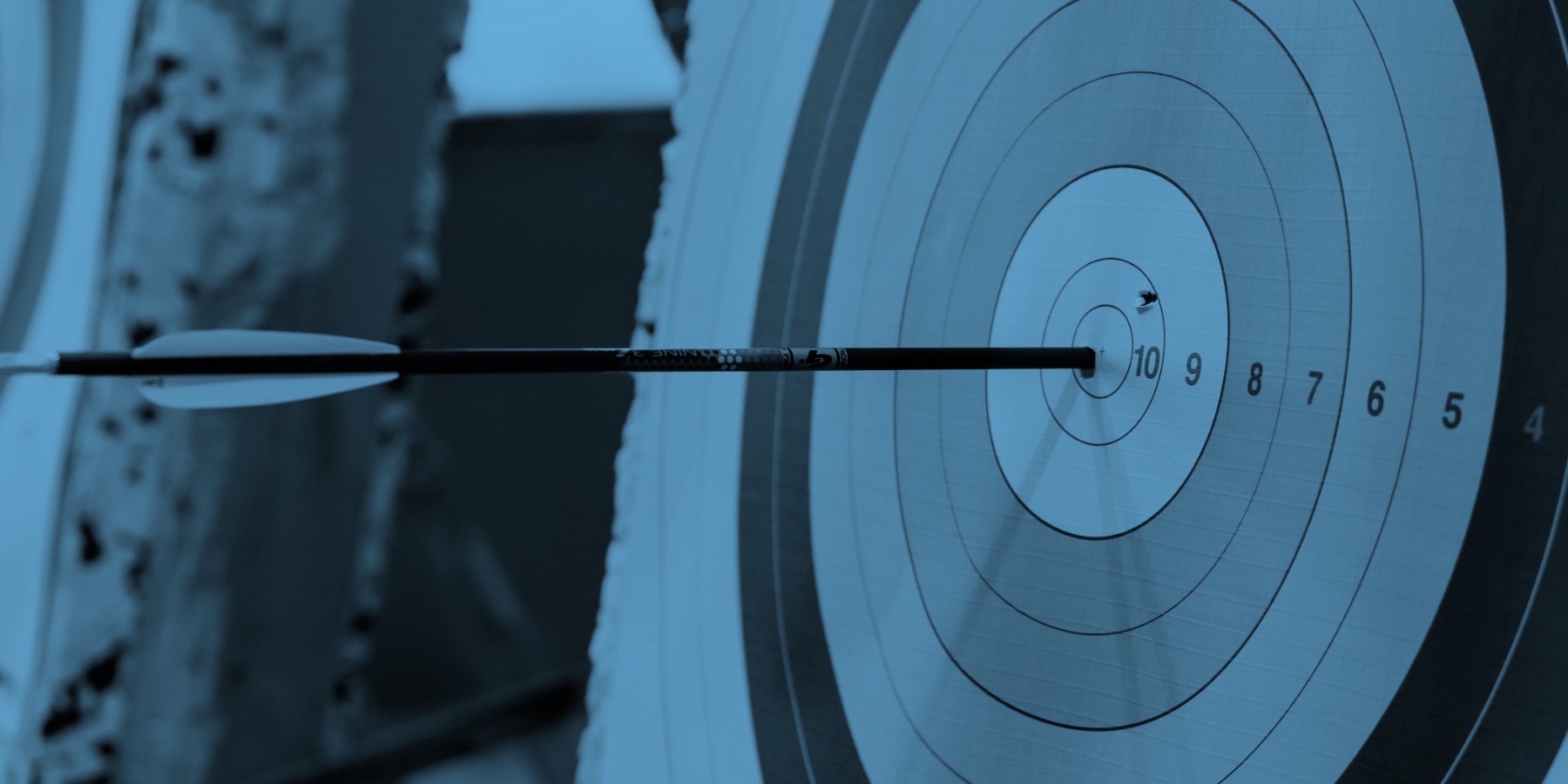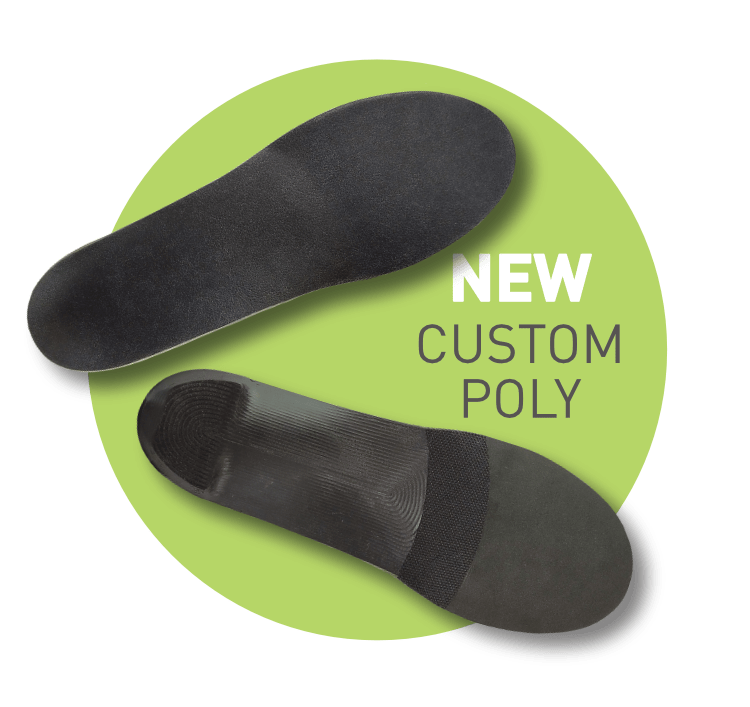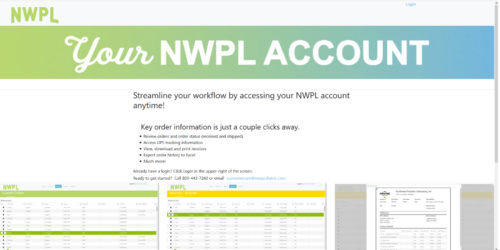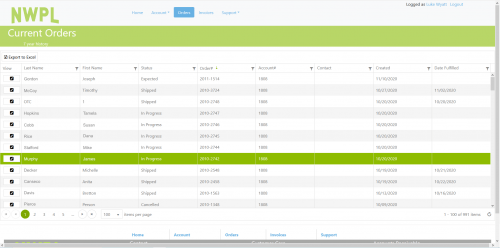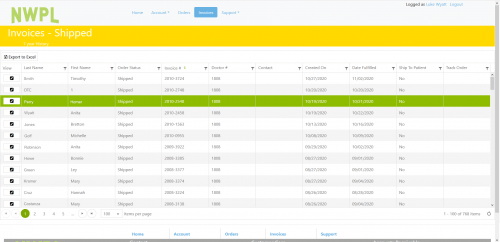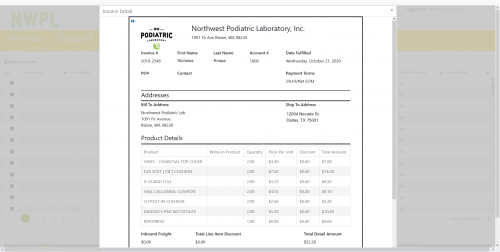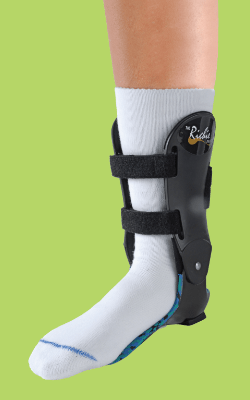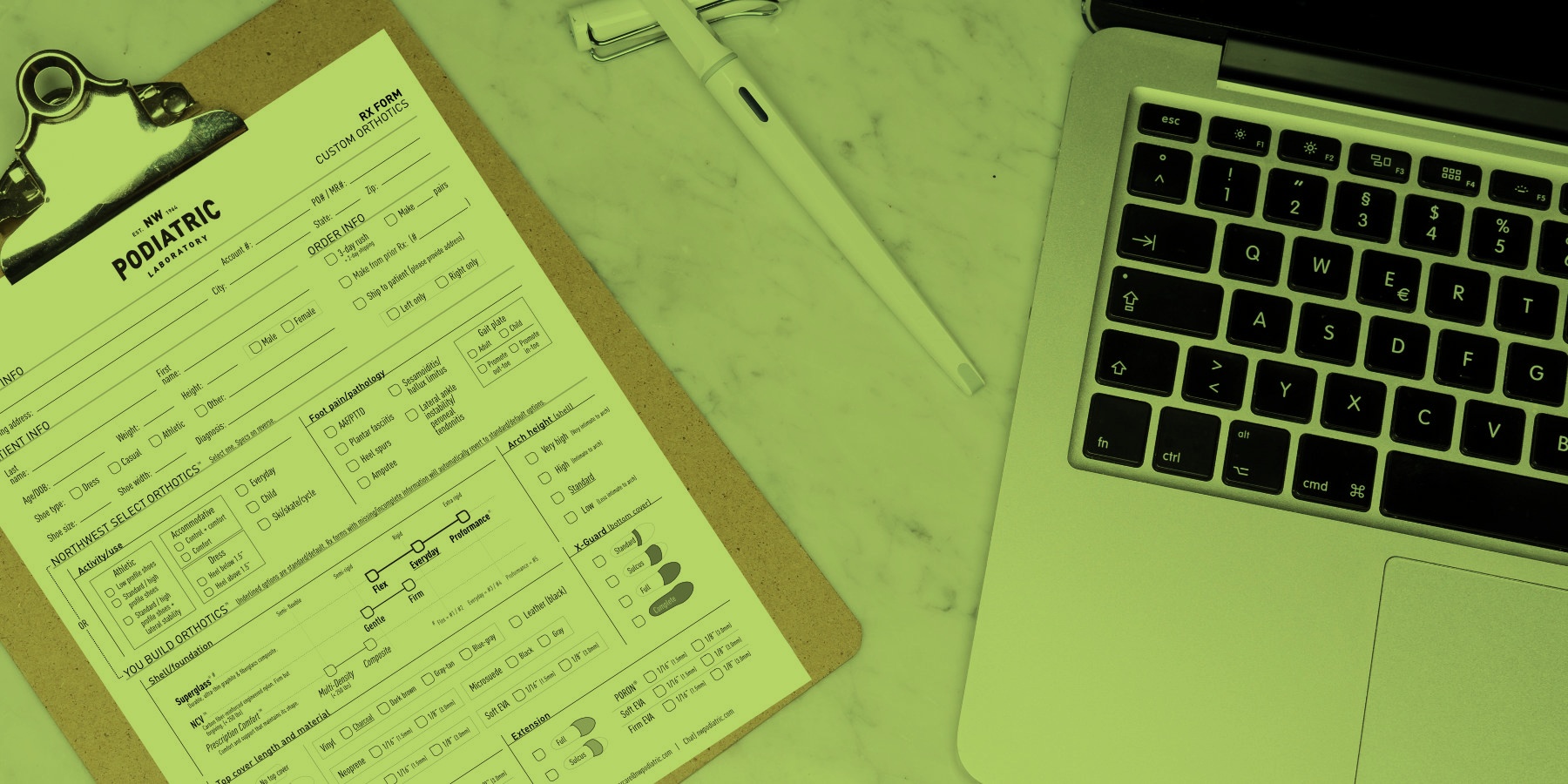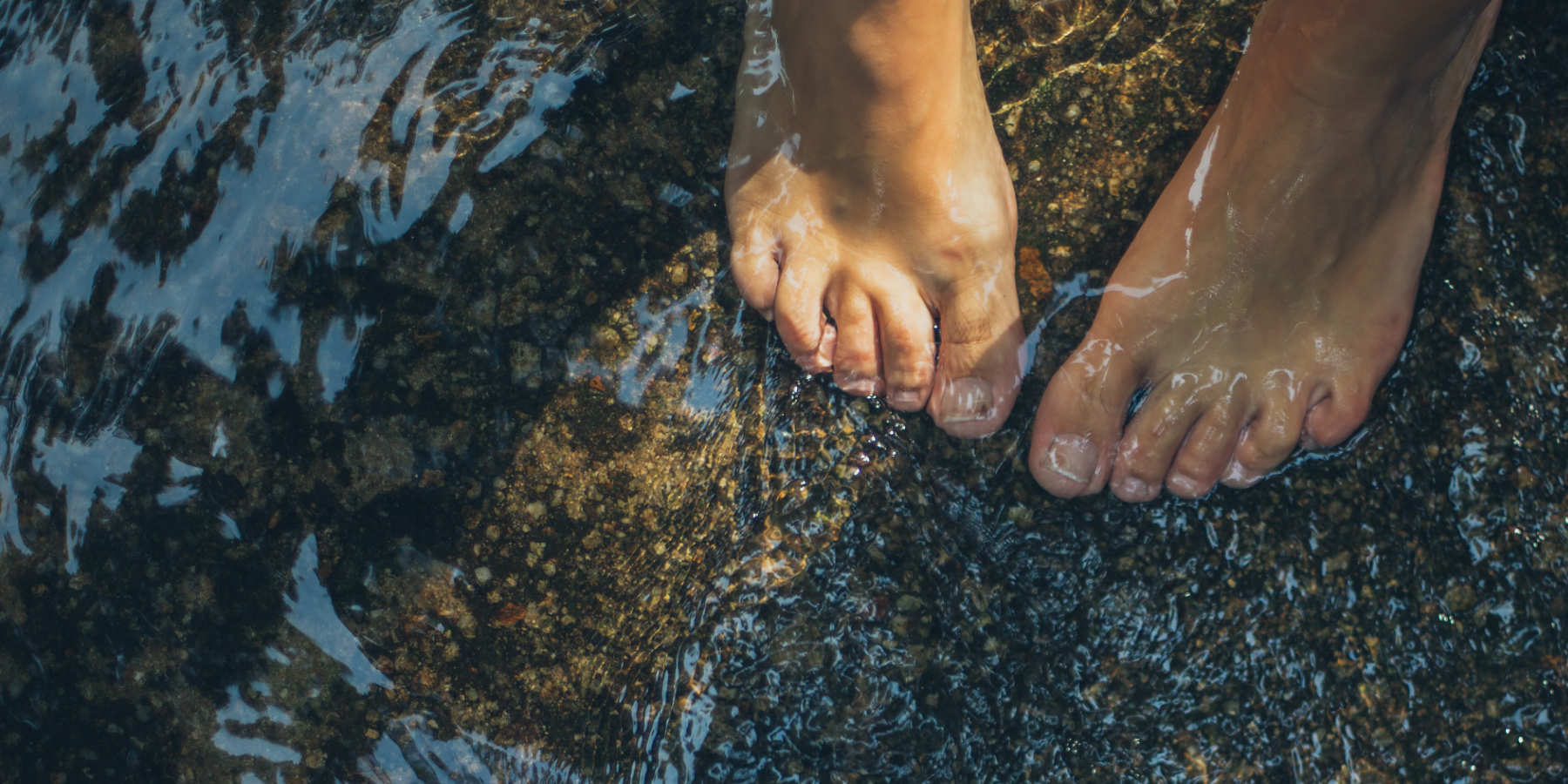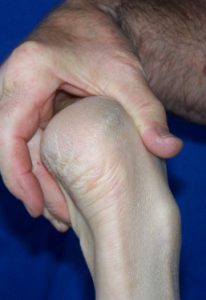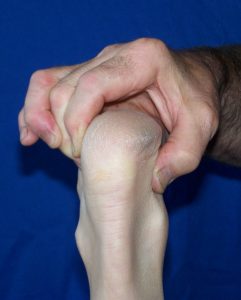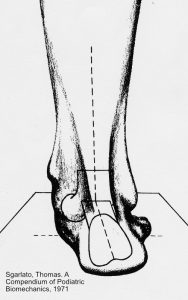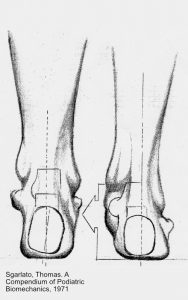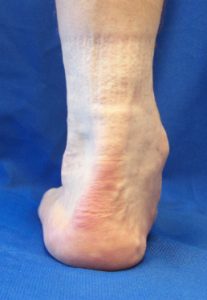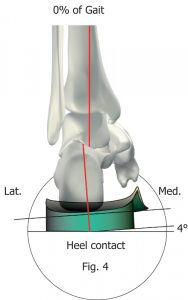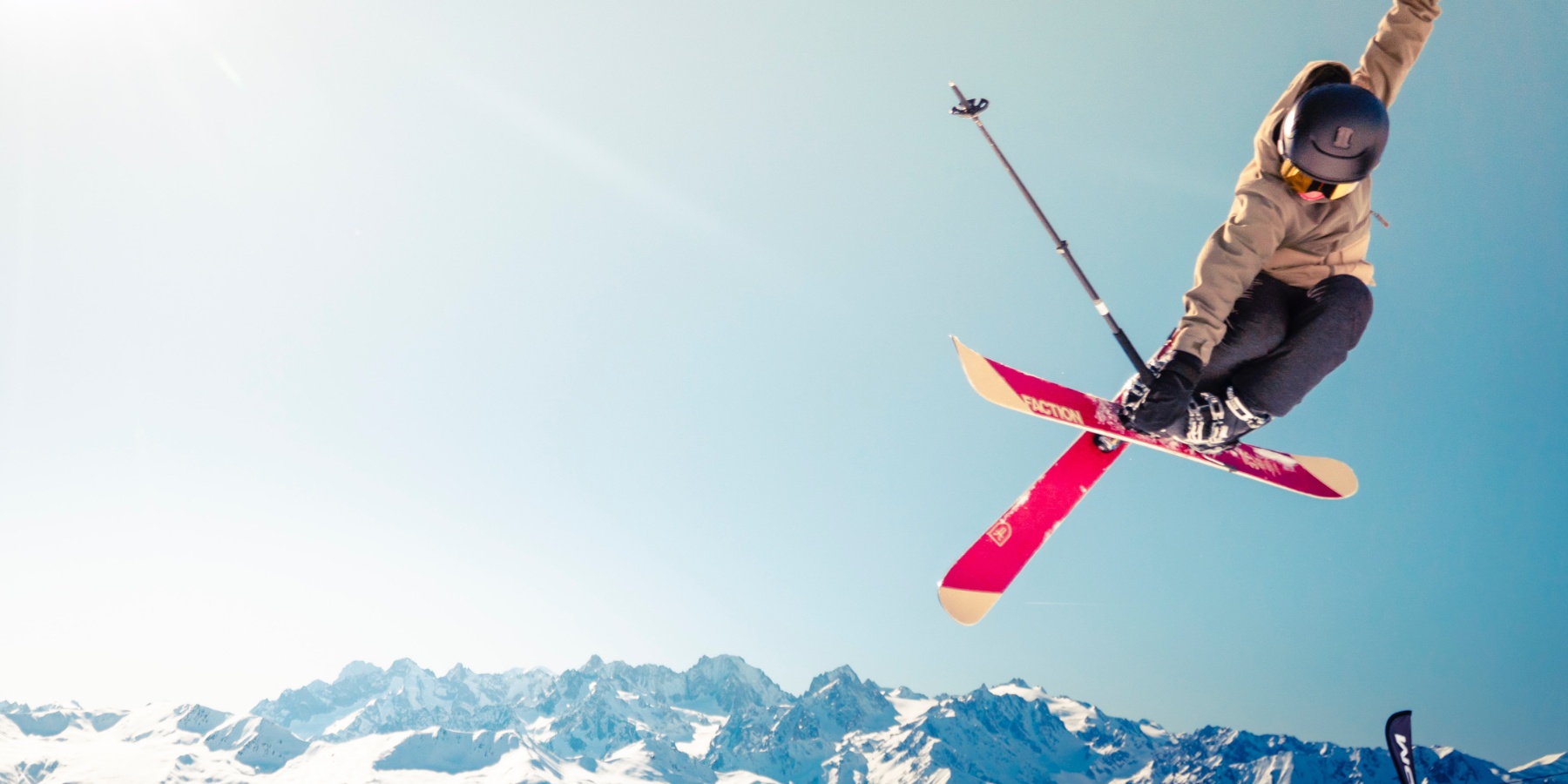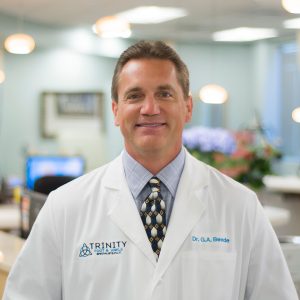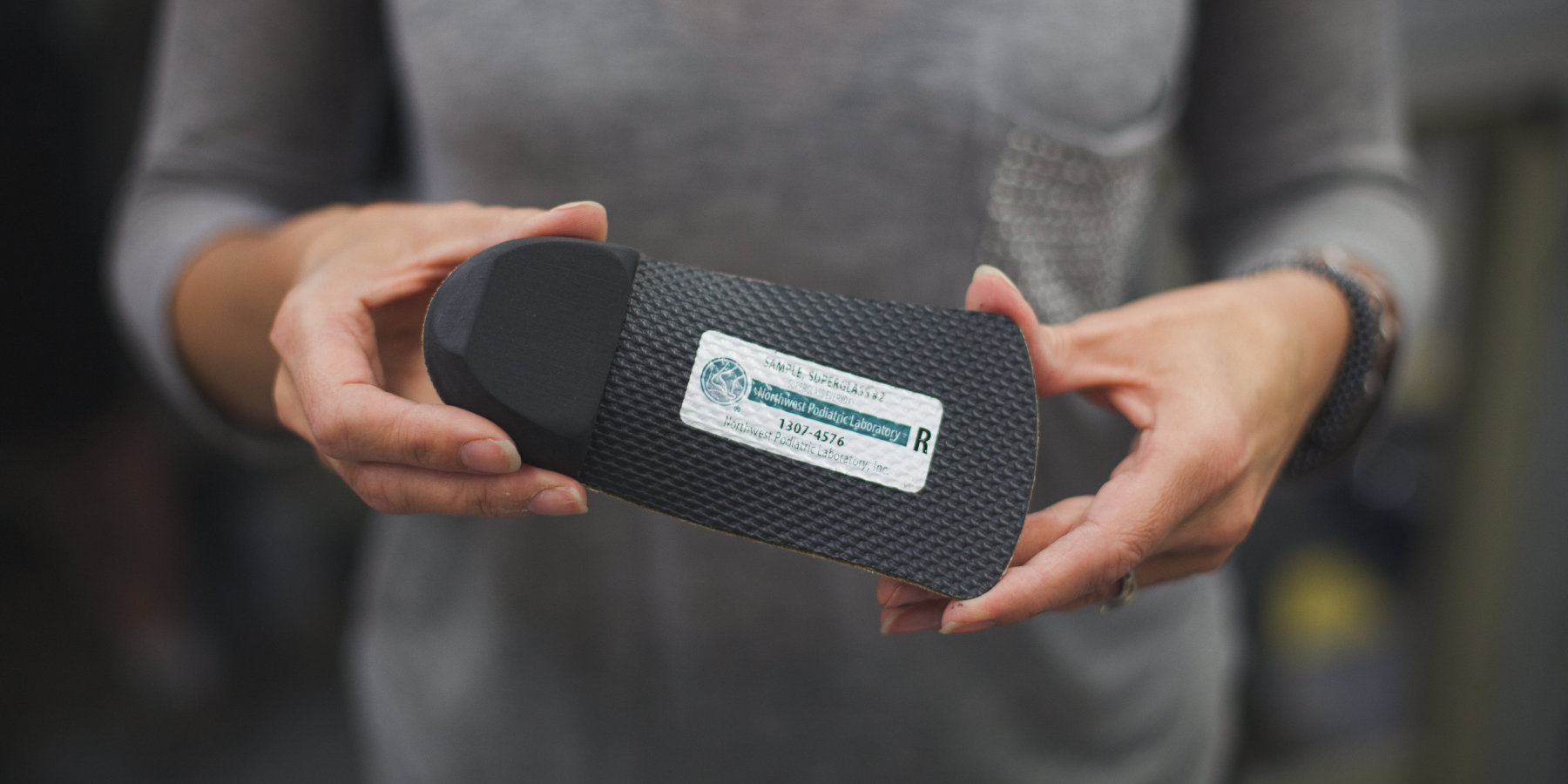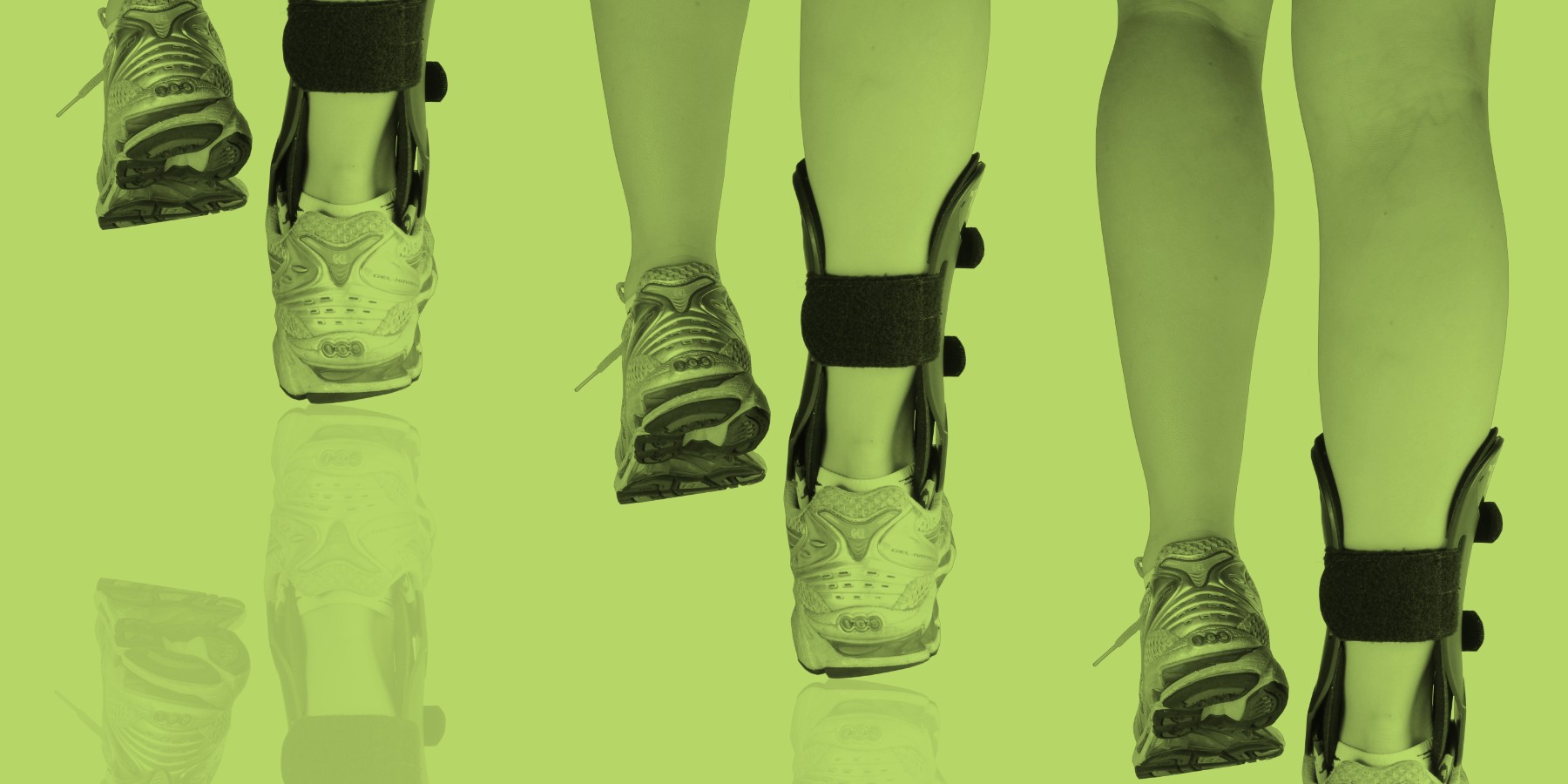
Proven custom braces designed for today’s foot and ankle specialists
Richie Braces and NWPL – a perfect match
Richie Braces is the “Northwest Podiatric Laboratory of custom braces.” Since the mid-1990’s, Richie Braces has perfected a range of custom braces renowned for their quality, biomechanical soundness and great patient outcomes.
NWPL’s PTTD/AAF custom orthotic is special because it can provide support and stability in a form factor that’s more “shoe-friendly” than most other foot orthoses. However, many patients simply require a higher level of support and stability than a custom foot orthotic can provide. The addition of Richie Braces to our product line up provides a “next level” solution for patients who need it most.
Finally (and most crucially), Richie Braces shares our values. Dr. Douglas Richie shares our passion for helping people by applying tried and true biomechanical principles to foot pain. In fact, Dr. Richie was a student of our longtime Vice President and Medical Director, Christopher Smith, DPM. The relationship between Dr. Richie and Dr. Smith extended far beyond podiatry school; Dr. Richie became a friend and trusted colleague of Dr. Smith’s for over 40 years.
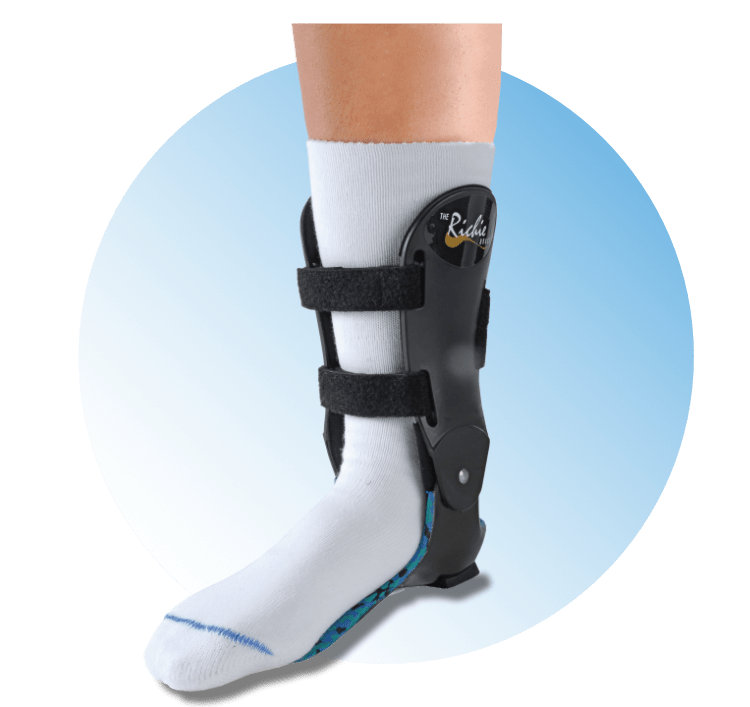
Although we don’t craft Richie Braces ourselves, we can offer an elevated overall experience – the same consistency, innovation, and service you expect from NWPL.
Our purpose is to “best serve each other, our community, our partners and those suffering from foot pain, ultimately enhancing their quality of life” and Richie Braces are simply one more tool to help us fulfill this purpose.
Types of Richie Braces and clinical indications
— Richie Brace Standard – PTTD (mild-to-moderate), Lateral Ankle Instability, Peroneal tendinopathy and Cavo-varus deformity
— Richie Brace Dynamic Assist – Dropfoot, Peroneal Nerve Injury and Post-CVA
— Richie Brace with Arch Suspender – PTTD (mild-to-moderate) and Lateral Ankle Instability
— Richie Brace Restricted Hinge – PTTD (moderate to severe w/ subluxed TN Joint), Dropfoot (equinus Severe varus/valgus; weak calf), DJD (ankle or rearfoot w/ dropfoot & spasticity), Peroneal Tendinopathy (order with lateral arch suspender), Lateral Ankle Instability (severe; order with lateral arch suspender) and Peroneal Never Injury (fixed varus in hindfoot/ankle; order with lateral arch suspender)
— Richie Brace California AFO – PTTD (severe; stage IV), DJD (severe), Charcot Arthopathy, Ankle Deformity
— Riche Brace Gauntlet – PTTD (stages III and IV), DJD (severe), Hindfoot Deformity and Charcot Arthopathy
— Richie Brace Solid AFO – Dropfoot (fixed equinus; knee instability; spasticity; weak calf)
— Richie AeroSpring Bracing System – Achilles Offloading System (Tendinopathy of the Achilles tendon and Post-surgical and non-surgical management of the Achilles tendon rupture), Plantar Fascia Offloading System (Severe recalcitrant plantar heel pain syndrome), Midfoot Offloading System (treatment of sprain of the tarsometatarsal (TMT) joints and Treatment of degenerative arthritis of the midfoot joints), Dropfoot Stability System (neurologic conditions resulting in foot drop or loss of posterior leg muscle strength)
Get started today
Whether you’re brand new to custom braces or have order Richie Braces for years, we make the process easy!
Cast patient (fiberglass socks), complete print Rx (enclosed) and ship to NWPL
OR
Scan with the new SmartCast® app (using brace/AFO scanning mode) and submit to NWPL.
Click here to learn more about casting and scanning for the Richie Brace
Click here to download and/or print our Richie Brace Rx Form
Please contact our amazing Customer Care Team with questions at [email protected] or 800-443-7260.
Northwest Podiatric Laboratory is an industry leader in custom foot orthotics and related technologies. Dennis Brown, a retired British soldier, elite athlete and natural-born inventor founded the company in 1964 and was joined by a pioneer in the biomechanics of the foot, Dr. Chris Smith, in 1974. With an exclusive blend of science, craftsmanship and innovation, the partners have built a company that utilizes proprietary production techniques and technology to produce orthotics with a unique shape and unparalleled performance. Northwest Podiatric Laboratory has helped over a million people suffering from foot pain to lead better, pain-free lives. Learn more at www.nwpodiatric.com.
